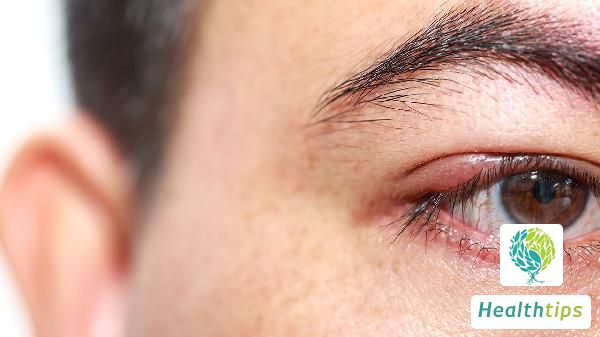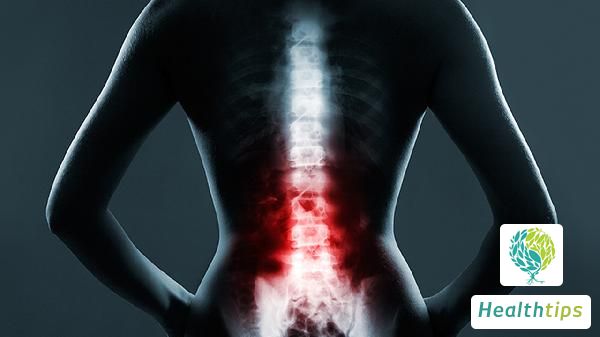What Causes Cysts on the Posterior Wall of the Uterus?
Uterine posterior wall cyst is a type of gynecological disease. If affected by this condition, patients may experience abdominal pain, menstrual irregularity, and abnormal vaginal discharge. It is crucial to promptly seek medical attention for relevant examination and treatment. Failure to promptly treat uterine posterior wall cysts in women can affect fertility and even pose a threat to life. So, what causes uterine posterior wall cysts?

The formation of uterine cysts is similar to the development of acne on the face. It occurs during the healing process of cervical erosion, when new squamous epithelium covers the opening of cervical glands or extends into the glands, blocking the opening. Proliferation of connective tissue or scar formation around the glands compresses them, narrowing or even blocking them, resulting in obstructed drainage of glandular secretions and the formation of cysts called Nabothian cysts. If this condition is not treated promptly, it may lead to infertility due to the presence of excessive secretions in the patient's body, which may engulf sperm.
Uterine cysts are a rare gynecological condition that is often overlooked in clinical practice. They present with various symptoms, and patients may have concurrent cervical hypertrophy. The causes of uterine cysts are complex, and patients need to understand the underlying reasons to receive targeted treatment. Uterine cysts can be classified as congenital or acquired. Congenital cysts originate from the mesonephric and paramesonephric ducts and mostly occur in the posterior wall or fundus of the uterus. Acquired cysts are often secondary to benign diseases or develop from stromal cells of the serosa, including cystic changes in uterine fibroids, cystic uterine adenomyomas, cervical retention cysts, and uterine serosal cysts.
Initially, medication can be used for a period of time to observe the recovery effect. If the recovery is satisfactory, conservative treatment may be considered temporarily, as surgical procedures may carry risks and side effects. Surgical intervention should be avoided unless necessary, as it may not always be beneficial and could potentially have adverse effects. For severe cases, physical therapy or minimally invasive surgical options can be considered. Most modern surgeries are minimally invasive, involving small incisions to remove the cysts with minimal trauma to the body. Recovery is generally faster, and scarring is minimal. Mild cases may even be treated through vaginal endoscopy.



















